OpenAI has finally launched Sora, an AI video generation tool that pushes the boundaries of creativity and technology. Early users describe it as both "inspiring" and "horrifyingly good," a testament to its impressive capabilities in video and image generation.
Sora promises to revolutionize how creators, educators, and businesses approach visual storytelling, but its limitations and implications spark important questions about the role of AI in the creative process.
Currently available in the United States at Sora.com, the video generator will be rolling out slowly in other countries. The tool enables users to generate videos and images in virtually any style, ranging from photorealistic visuals to cartoons, paintings, and abstract art. With a focus on accessibility and exploration, it offers features that cater to both beginners and professionals.
ChatGPT Plus users get 50 generations a month, ChatGPT Pro gets unlimited generations, and those with a free tier membership can still enjoy the feed of generated videos.
Features and possibilities
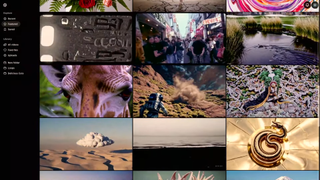
Creative exploration using Explore. Users can browse prompts created by others in their feed and view curated results in this section. These examples showcase some of the best outputs Sora can generate, offering both inspiration and insight into its capabilities.
You can see if a video was generated with a simple text prompt, if an image extension was used, or any other creative tools.
You can then learn the methodology and use it in your own creations. Presets and defaults are helpful as you get your video idea off the ground.
Customization and remixing. One standout feature is the ability to remix existing creations. Users can personalize and tailor videos by adjusting the level of remixing—mild, subtle, or detailed—before generating a fresh new version. In the demonstration today, the team took a video of wholly mammoths and turned them into robots.
By allowing users to explore and replicate others' prompts, it offers a unique educational resource. The tool’s ability to create abstract designs, moving textures, and gradients makes it particularly suited for experimenting with visuals beyond the scope of traditional tools.
Library and organization. Sora provides tools for keeping work organized. A Library stores all user-generated content, while the Folders feature allows creators to manage projects separately. Uploaded files are also easily accessible for integration into new creations.
Storyboarding works similarly to an online video editor. Great for stringing together several different actions. It works well for turning an image into a video. Sora will look at the image and will then fill out a new prompt to turn the image into a fresh video.
Blend is a feature that allows for two videos to be integrated together. You can dictate to Sora how you want the features to be blended together. In the example in the demo, they created an image of a world where wholly mammoths and robots walked the earth together.
Limitations and areas for improvement

While the features of video generation are amazing, challenges remain. Currently, for instance, videos requiring complex object interactions often struggle with physics, resulting in glitches like disappearing objects or inconsistent movements.
Despite this, Sora excels in areas like fluid dynamics, producing stunningly realistic water and fire effects. Keep in mind that although this early version is not perfect and will make mistakes, it’s the worst it will ever be as the AI features constantly advance and improve.
While Sora's potential is vast, early users have highlighted notable shortcomings:
Physics and object permanence: The tool struggles with maintaining consistent object behaviors across frames, making it difficult to create realistic movement. Legs, in particular, often appear incorrectly positioned in videos.
AI artifacts: Photorealistic videos often reveal their AI origins, with issues in smoke effects or physics-based interactions.
Copyright and guardrails: Sora is designed with strong ethical boundaries. It avoids generating content that resembles copyrighted material, public figures, or dangerous scenarios. Additionally, it refuses to process requests from users it suspects are under 18.
Sora shines in creative niches where realism is less critical. Stop-motion, Claymation, and cartoon-style videos leverage its strengths, producing animations that feel intentionally artistic.
It’s also adept at creating text-based visuals, such as title slides, and abstract moving designs. These applications position Sora as a valuable tool for artists, marketers, and educators looking to explore new forms of storytelling.
Ethical and environmental questions
Despite its promise, Sora raises important questions about the future of AI-generated content. Concerns about the origins of training data and the energy consumption required for its operation remain unresolved. Users also wonder whether it’s too late to opt out of having their content included in AI datasets.
To address transparency and safety, Sora watermarks every video it generates and maintains strict guardrails against harmful or unethical uses. Users also have to enter their birthdate before entering the site. OpenAI’s commitment to these practices aims to build trust as the tool gains traction.
Final thoughts
Sora is a potentially groundbreaking addition to OpenAI’s lineup, offering users unparalleled creative freedom and a glimpse into the future of AI-driven media. While it’s not without flaws, its potential to transform visual storytelling is undeniable.
Whether used for abstract designs, educational tools, or experimental animations, Sora is poised to become an essential resource for anyone exploring the intersection of art and technology. However, as with any innovation, its adoption will require careful consideration of its ethical, creative and environmental implications.
More from Tom's Guide
- xAI launches and then pulls Aurora image generator in Grok — here’s what happened
- The new Llama 3.3 70B model has just dropped — here’s why it’s a big deal
- I just sent a free personalized holiday greeting from AI Santa — here's how you can too
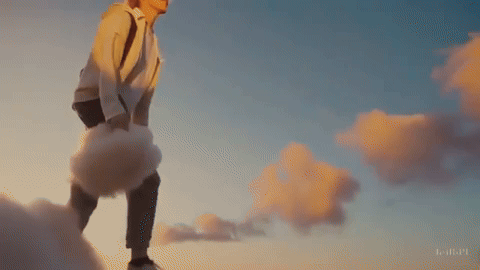

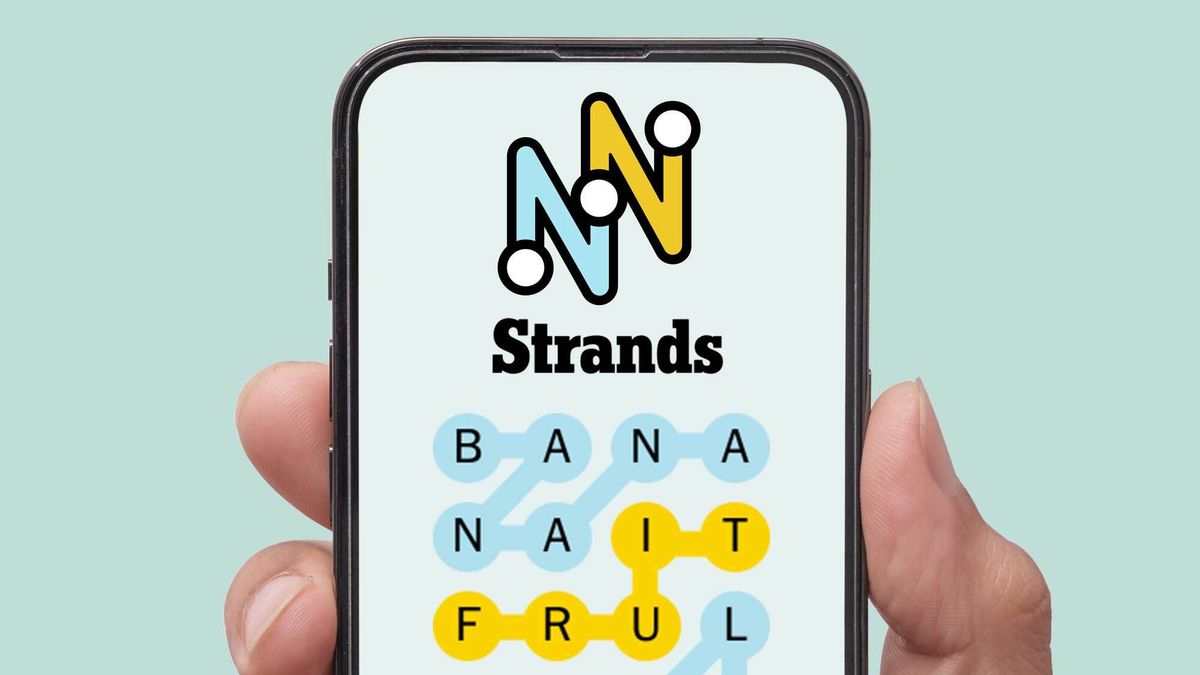


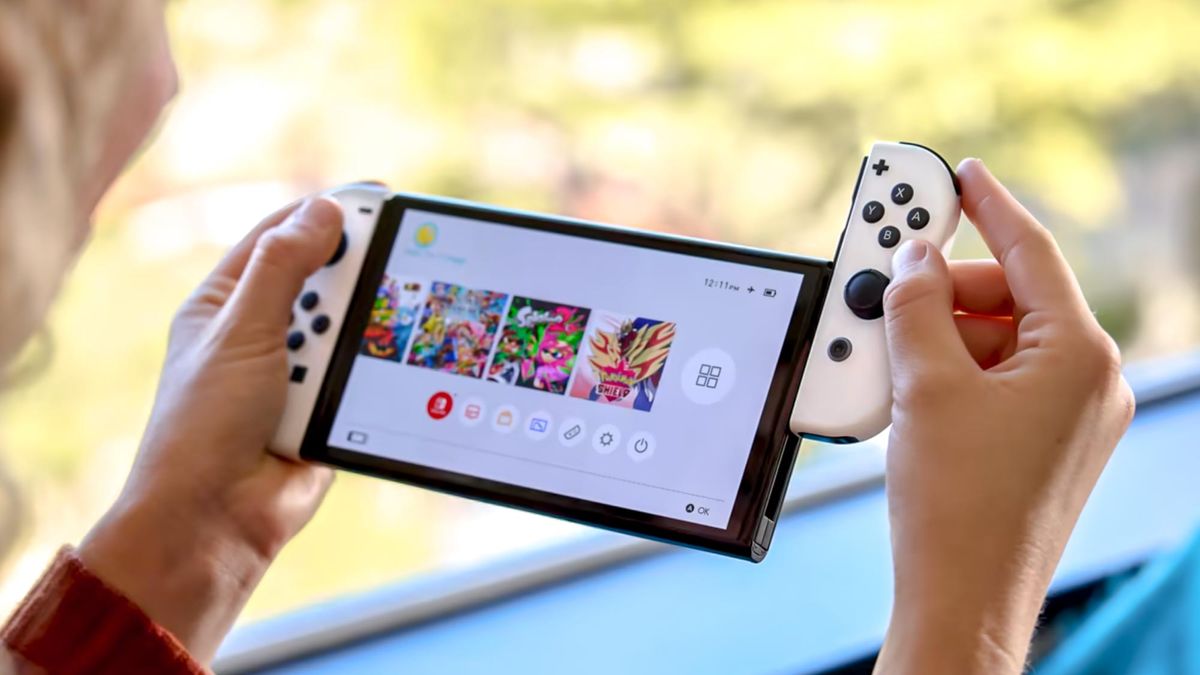

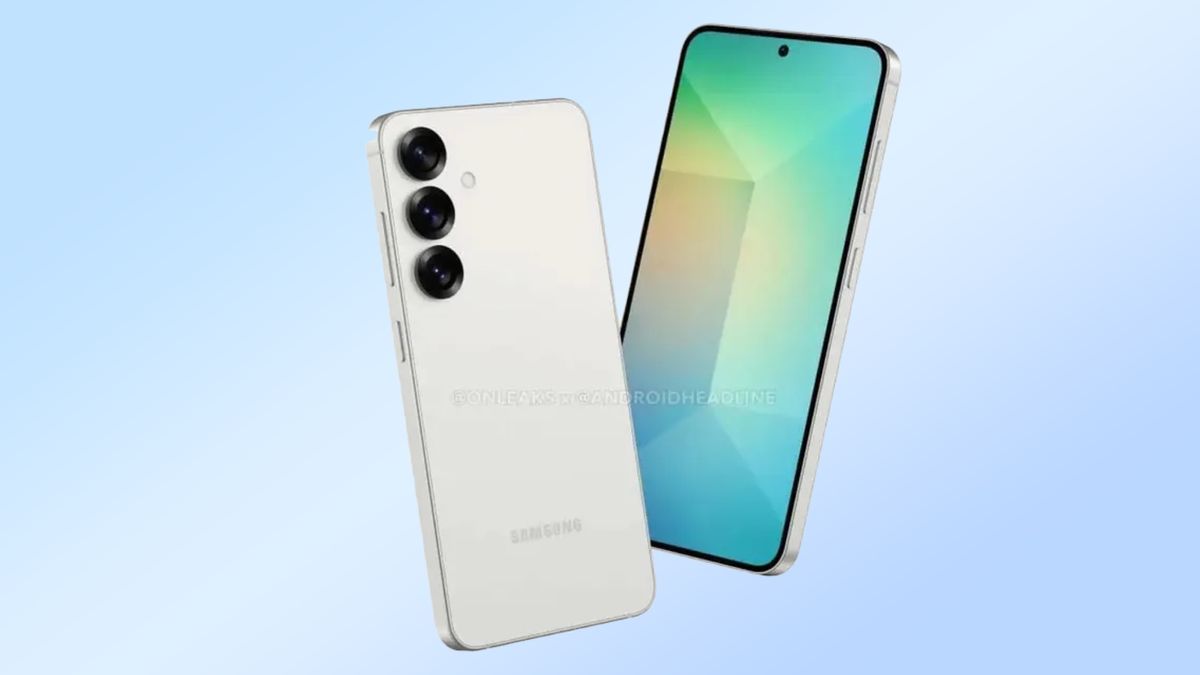
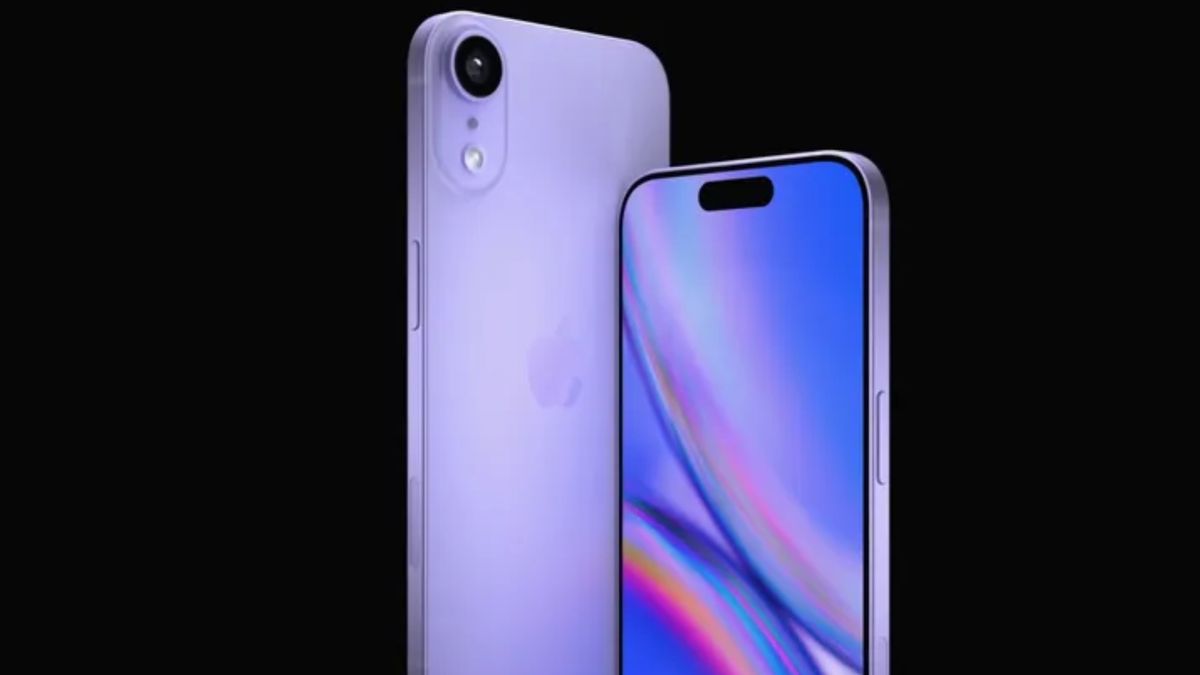
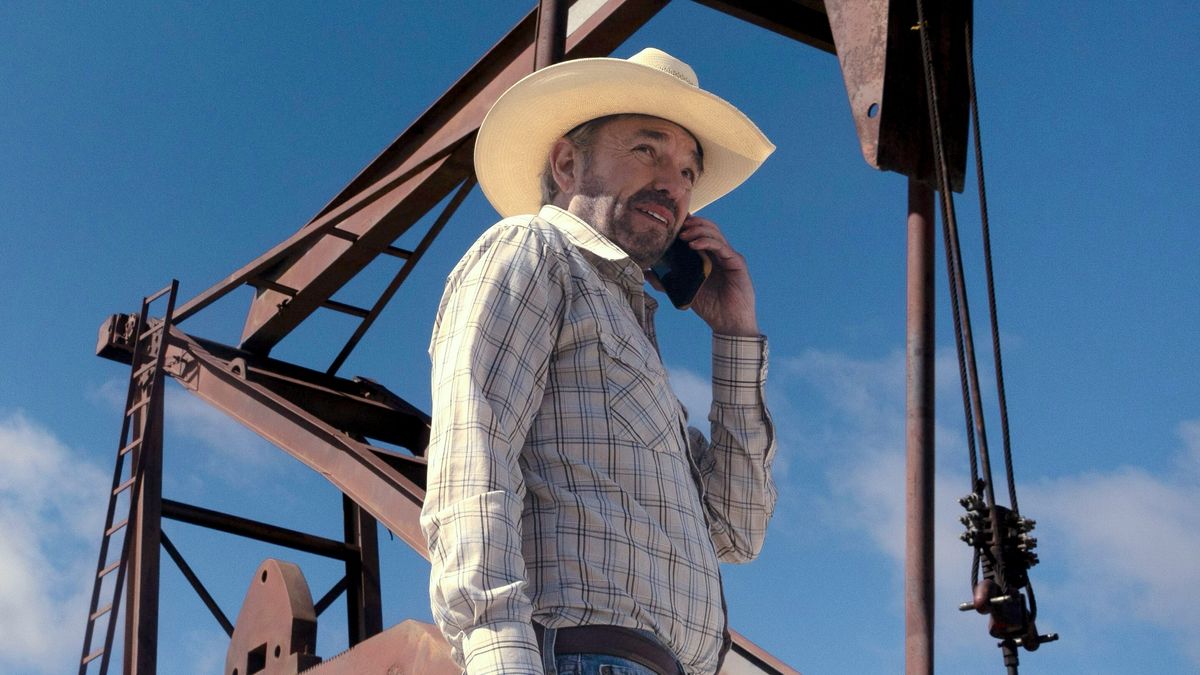

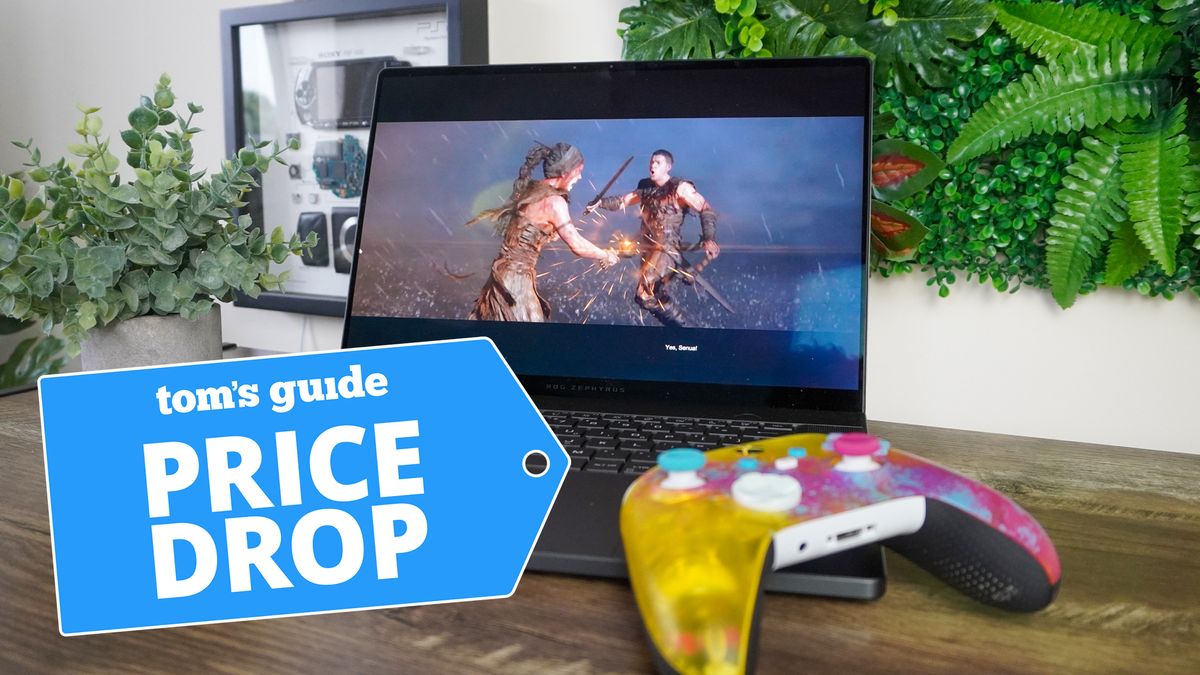
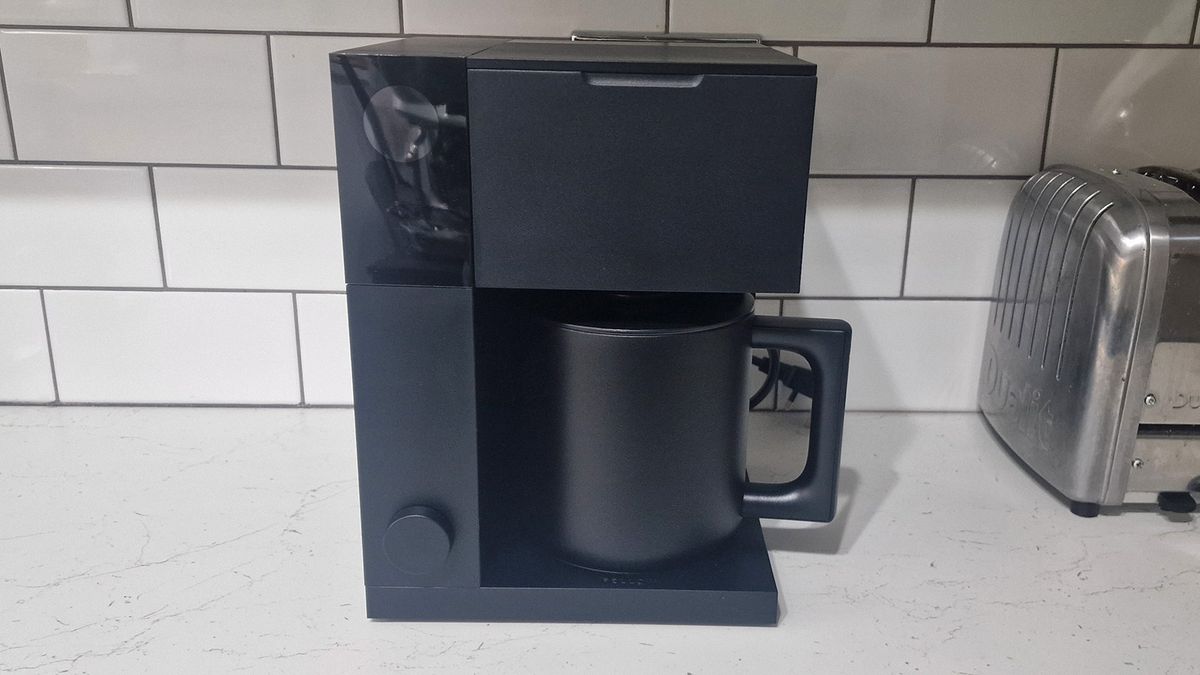








 English (US) ·
English (US) ·